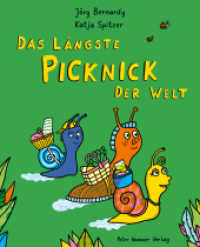- ホーム
- > 洋書
- > ドイツ書
- > Humanities, Arts & Music
- > History
Description
(Text)
We can describe work in many ways: as income, prestigious titles, and concrete tasks. We can also describe work vaguely, simply as 'working', 'serving', 'helping' or 'being'. In the past as today, this was often true for work carried out by people in subordinate positions. However, the work of those in leading positions could also be talked about in unspecific and blank terms. While the vagueness of historical sources with respect to work can be annoying to the historian of labor, the good news is that sources can instead be more vocal about the social and economic relations that people were entangled in because of their work: with and for whom they worked and under what rules. This book uses evidence from early modern Sweden to discuss these patterns, showing that a common way of talking about one's work was to specify whom it benefitted: an employer, a family member, a relative. The author suggests ways in which historians and computer linguists can join forces efficiently to uncover the many dependencies that work has created over time.








